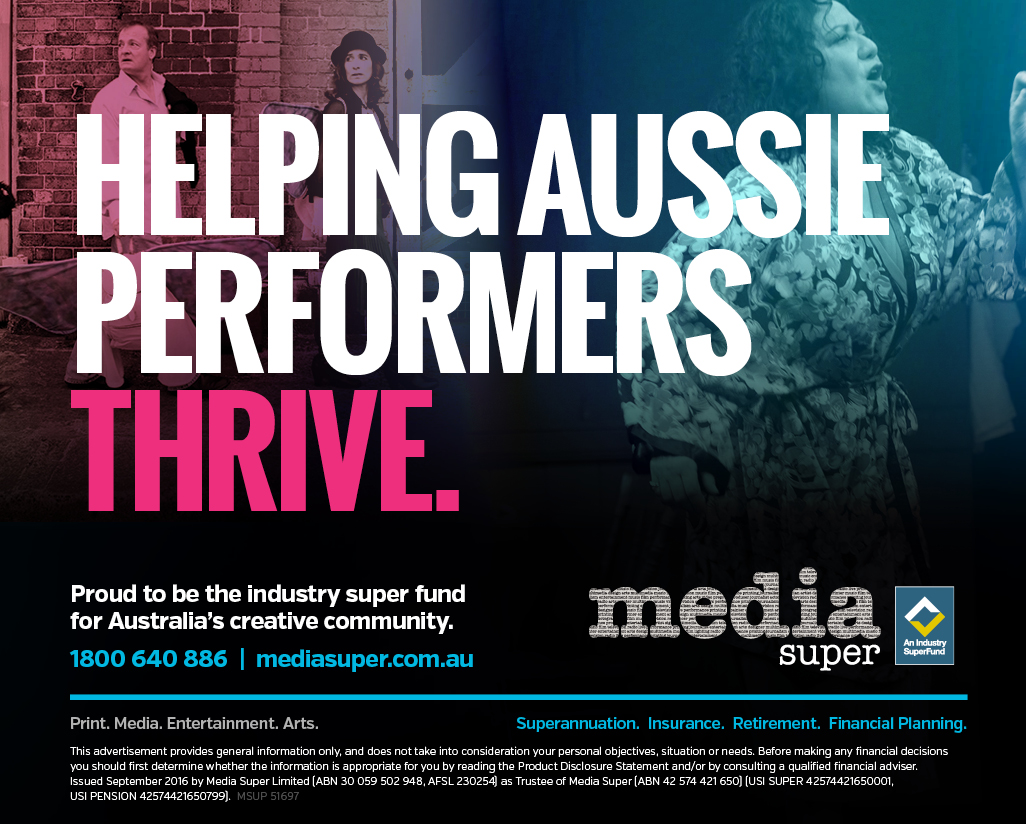Introduction
Live Performance Australia (LPA) takes great pleasure in presenting our Ticket Attendance and Revenue Survey for 2015 (“Survey”).
This is our 12th annual Survey. It is now the principal source of reliable industry statistics for the Australian live performance industry, and represents the most comprehensive information on ticket sales for Australian live performance events available. As the leading source for industry results and trends, the Survey is drawn upon extensively by the industry, government, media and business.
The live performance industry continues to contribute significantly to our economy and cultural ecology. In 2015, 18.38 million tickets were issued to live performance events in 2015, generating total ticket sales revenue of $1.41 billion. That’s more than the combined attendances at AFL, NRL, Soccer, Super Rugby and Cricket in 2015 (Australian Sporting Attendances 2015, Stadiums Australia).
In comparison to 2014, ticket sales declined in revenue by 6.7% and in attendance by 1%. This is consistent with a year of weaker consumer confidence across Australia over the course of the year. The contemporary music (including music festivals) and commercial theatre sectors, in particular, experienced negative growth. In the past decade we have witnessed a boom in live contemporary music concerts and festivals due to increased tours by international artists. We are now seeing this growth plateau, reflecting the significant challenges the live music sector faces in the years ahead.
We encourage you to explore this digital report in depth. The data is broken down by both state and genre categories. This includes ballet and dance, children’s/family events, circus and physical theatre, classical music, comedy, contemporary music, festivals (multi-category), festivals (single-category), musical theatre, opera, special events, and theatre.
Every year LPA seeks to expand the data we collect and report. To that end we have worked closely with the Australia Council for the Arts and the Australian Performing Arts Centres Association (APACA) to report on live performances in the small to medium sector, as well as regional and metropolitan venues, in an effort to redress the underreporting of data in these sectors. This is the second time we have collected data on small to medium companies (Key Organisations) and APACA venues, and the first year we have consolidated findings into a single report.
The development of LPA’s research reports, integral to promoting the value and importance of our industry, would not be possible without the generous support of our long-term partner Media Super. Media Super has a long and respected history as a key supporter of Australia's creative industries through sponsorship programs, employment and financial education support, as well as celebrating the excellence of Australia’s cultural offerings. LPA sincerely thanks Media Super for its continued partnership and support of this research.
We thank our Survey Consultants, EY, for their professional services in compiling and analysing the Survey data, and our Web Designers, Digital Bridge, for their preparation of the Digital Report. We hope you find the digital format informative and intuitive, allowing greater ease of comparison with previous year’s data and tracking of trends.
Finally, we sincerely thank all Survey Participants for their provision of data to the Survey, including APACA venues that provided data for the first time this year. The generous cooperation and effort of all parties involved is, as always, greatly appreciated.

Evelyn Richardson
Chief Executive
Live Performance Australia
November 2016
The Ticket Attendance and Revenue Survey is proudly sponsored by
Media Super
